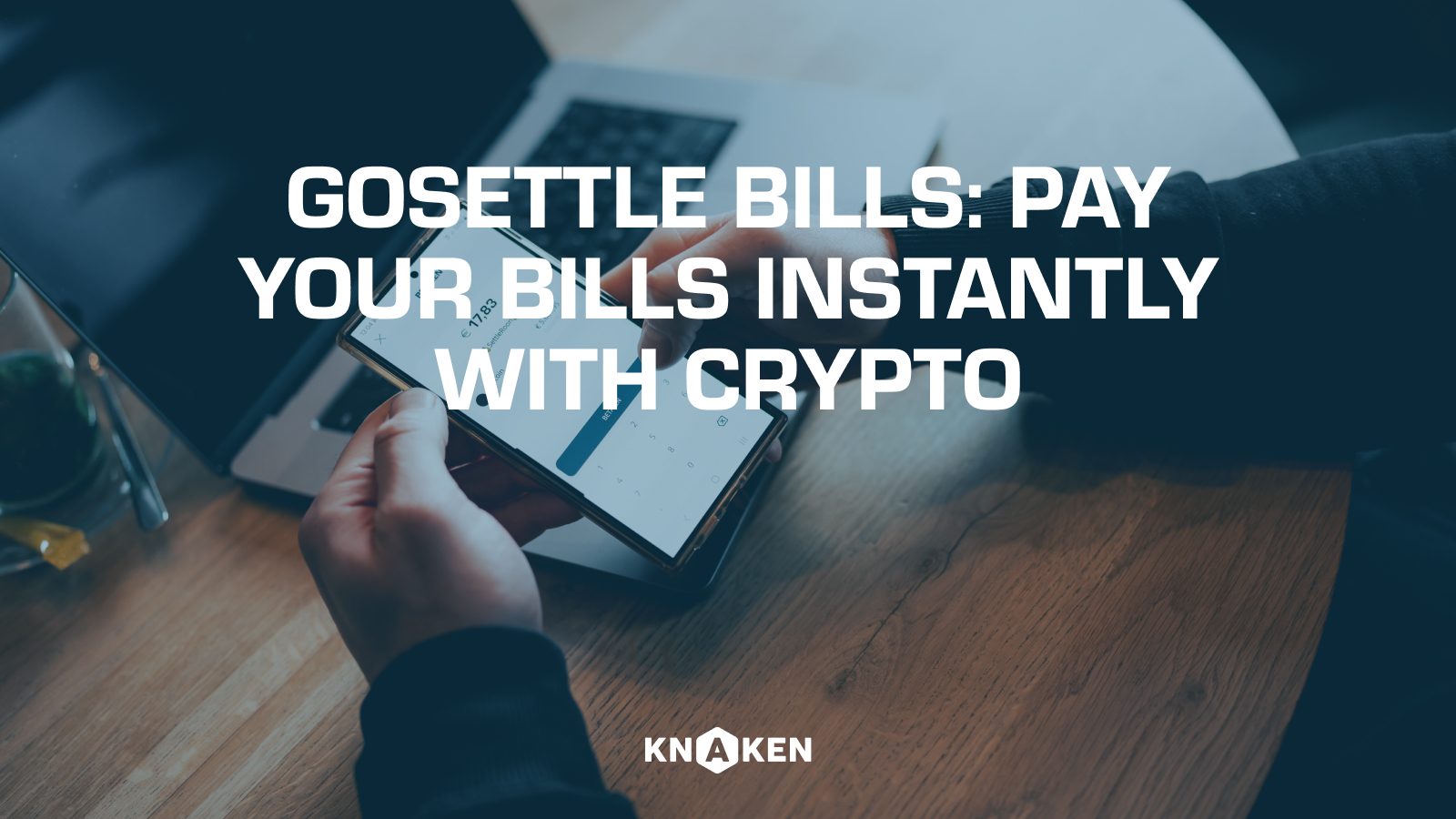Zero Knowledge Proofs
Introduction to Zero Knowledge Proofs
Zero Knowledge Proofs (ZKPs) are a powerful cryptographic concept that allows one party (the prover) to prove to another party (the verifier) that they possess certain knowledge without revealing any specific information about that knowledge. This technique enhances privacy and security in various applications, particularly in the field of blockchain and cryptocurrencies.
How Zero Knowledge Proofs Work
The core idea behind Zero Knowledge Proofs is to enable a prover to convince a verifier that they know a particular secret without disclosing the secret itself. The process typically involves three key properties:
- Completeness: If the statement is true, an honest prover can convince an honest verifier.
- Soundness: If the statement is false, no dishonest prover can convince the verifier that it is true, except with a very small probability.
- Zero-Knowledge: If the statement is true, the verifier learns nothing other than the fact that the statement is true.
Types of Zero Knowledge Proofs
Zero Knowledge Proofs can be broadly classified into two main types:
- Interactive Zero Knowledge Proofs: In this model, the prover and verifier engage in multiple rounds of communication. The prover sends information to the verifier, who then responds with challenges, leading to a dialogue until the proof is completed.
- Non-Interactive Zero Knowledge Proofs: In this variant, communication between the prover and verifier occurs in a single step, often utilizing a shared random string. This makes it suitable for applications where ongoing interaction is impractical.
Applications of Zero Knowledge Proofs in Cryptocurrency
Zero Knowledge Proofs have significant implications in the cryptocurrency space, where privacy and security are paramount. Some notable applications include:
- Privacy Coins: Cryptocurrencies like Zcash utilize ZKPs to provide enhanced transactional privacy. Zcash employs zk-SNARKs (Zero-Knowledge Succinct Non-Interactive Arguments of Knowledge) to verify transactions without revealing sender, receiver, or transaction amounts.
- Identity Verification: ZKPs can be applied for secure identity verification without exposing personal information. This is particularly useful in Know Your Customer (KYC) processes.
- Secure Voting Systems: ZKPs can ensure that votes are counted accurately without revealing individual voter preferences, enhancing the integrity of elections.
- Smart Contracts: ZKPs can enhance the privacy and security of smart contracts, allowing parties to prove the validity of certain conditions without revealing underlying data.
Benefits of Zero Knowledge Proofs
The adoption of Zero Knowledge Proofs brings several advantages, including:
- Enhanced Privacy: Users can prove their information is valid without revealing it, protecting sensitive data.
- Security: ZKPs reduce the risk of data breaches, as no actual data is shared during the proof process.
- Scalability: Non-interactive ZKPs can improve the efficiency of systems by minimizing the amount of data transmitted for verification.
Challenges and Limitations of Zero Knowledge Proofs
Despite their advantages, Zero Knowledge Proofs also face certain challenges:
- Complexity: The mathematical foundations of ZKPs can be complex, making implementation difficult for some developers.
- Computational Resource Requirements: Some ZKP protocols are resource-intensive, demanding more computational power and time compared to traditional cryptographic methods.
- Standardization: The lack of universally accepted standards can hinder interoperability between different systems that utilize ZKPs.
Conclusion
Zero Knowledge Proofs represent a groundbreaking advancement in cryptography that has the potential to revolutionize privacy and security in digital transactions and beyond. As the cryptocurrency landscape continues to evolve, the integration of ZKPs could play a pivotal role in fostering trust and safeguarding user data, making it an essential concept for the future of secure communications and transactions in the digital age.


















